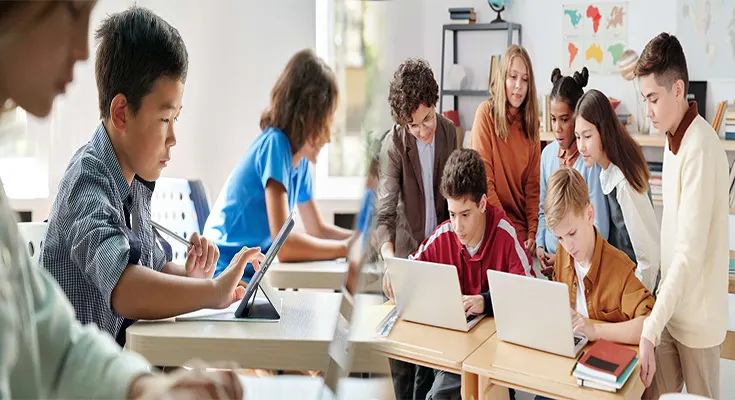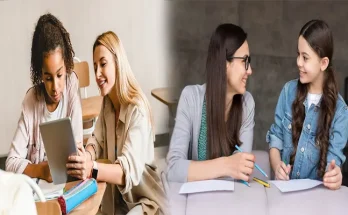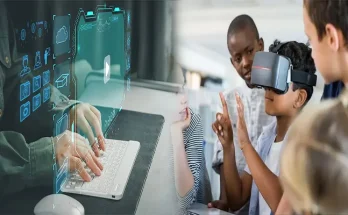In the realm of education, the integration of technology has brought about significant changes in teaching methodologies. Two prominent approaches that have emerged due to technological advancements are computer-assisted instruction and traditional teaching methods. In this article, we will examine the key differences between these two approaches and explore their impact on student learning, engagement, and academic achievement.
Traditional Teaching Methods:
Traditional teaching methods have long been the foundation of education, characterized by face-to-face interaction between teachers and students in a classroom setting. In this approach, teachers deliver content through lectures, textbooks, and hands-on activities, with assessments often relying on written tests and assignments. The pace and style of traditional teaching are generally determined by the teacher, and students’ learning experiences are predominantly shaped by the teacher’s delivery and classroom activities.
Computer-Assisted Instruction:
Computer-assisted instruction (CAI) involves the use of computer technology to deliver educational content, guide learning, and assess students’ progress. This approach encompasses a wide range of digital tools, including educational software, multimedia resources, interactive simulations, and online learning platforms. With CAI, students can access personalized learning experiences, interactive tutorials, and multimedia resources tailored to their individual learning needs and preferences.
Key Differences:
- Personalization and Differentiation:
- Traditional Teaching Methods: One-size-fits-all approach, limited scope for personalized learning experiences.
- Computer-Assisted Instruction: Allows for personalized learning paths, adaptive content, and targeted interventions to meet individual student needs.
- Interactive Learning and Engagement:
- Traditional Teaching Methods: Relies on verbal communication, textbooks, and hands-on activities for engagement.
- Computer-Assisted Instruction: Offers interactive simulations, gamified learning experiences, and multimedia resources to enhance student engagement and interactivity.
- Visualization and Multimedia Integration:
- Traditional Teaching Methods: Relies primarily on verbal explanations and static visual aids.
- Computer-Assisted Instruction: Incorporates dynamic visualizations, animations, and multimedia content to enhance conceptual understanding and information retention.
- Real-time Feedback and Assessment:
- Traditional Teaching Methods: Assessment often relies on periodic tests and assignments with delayed feedback.
- Computer-Assisted Instruction: Enables real-time feedback, automated assessment, and data-driven insights into student progress, allowing for timely intervention and support.
Impact on Student Learning:
Research indicates that computer-assisted instruction can enhance student learning outcomes by providing engaging, individualized, and interactive learning experiences. The integration of multimedia resources, interactive simulations, and adaptive learning platforms in CAI can cater to diverse learning styles, improve information retention, and foster critical thinking skills. Additionally, CAI can offer students immediate feedback, reducing the gap between learning and assessment and enabling educators to identify and address learning challenges promptly.
While traditional teaching methods have their merits, the integration of computer-assisted instruction can revolutionize the learning experience by offering personalized, interactive, and data-driven educational opportunities. By leveraging technology in education, educators can create dynamic and adaptive learning environments that cater to the diverse needs of students, prepare them for the digital age, and enhance their overall academic success.
Ultimately, the decision to adopt computer-assisted instruction or traditional teaching methods should consider the learning objectives, technological infrastructure, and student population. Both approaches have their strengths, and a strategic blend of traditional pedagogy and digital innovation can create a comprehensive and engaging educational experience for students.





